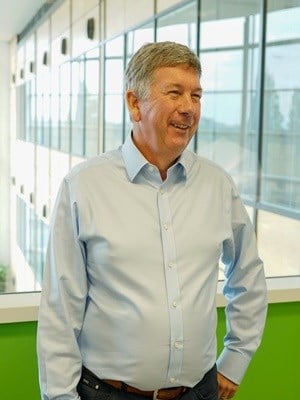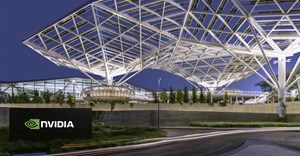Trending
 5 key moments that are solidifying Tyla's brandKarabo Ledwaba
5 key moments that are solidifying Tyla's brandKarabo Ledwaba

 George building collapse: 44 remain missingKatja Hamilton
George building collapse: 44 remain missingKatja Hamilton
 Unpaid school uniform makers occupy Gauteng social development officesMasego Mafata, Daniel Steyn and Raymond Joseph
Unpaid school uniform makers occupy Gauteng social development officesMasego Mafata, Daniel Steyn and Raymond Joseph
Elections 2024
Jobs
- Graphic Designer Johannesburg
How cloud can be used to meet the changing demand in digital travel
In turn, travel suppliers and sellers must work hard to keep travellers engaged throughout their trip.

The five forces of digital
There are five major digital forces that are disrupting the travel industry.
These are the same technologies that are impacting all areas of our lives; including the Internet of Things (IoT), mobile devices, artificial intelligence (AI), big data and access to mass compute, particularly through Cloud infrastructure. Together, these forces are improving travel experiences and transforming consumer expectations.
With the cloud, organisations can take advantage of technology capabilities such as analysis of big data, AI and machine learning, not just in central databases, but spread around the world within systems of intelligence.
A seller can then use this relevant, more accurate information to personalise the traveller’s journey. For example, as consumers continue depending on their mobile devices with real-time connectivity enabled by IoT, they want real-time flight alerts and access to their trip itineraries on the go. In 2018, our digital traveller research revealed that these were two of the most important travel app features identified by leisure travellers.
Driving business forward with data
With data and AI capabilities, enterprises can improve the efficiency of their travel spending and the experiences of their employees during business travel. After identifying some of the major pain points for business travellers, Travelport and IBM worked together to find a solution and build the technology to make the experience of work travel better; with a platform that delivers more personalised, relevant options using AI to determine the best time to buy, the optimal routes and the best-fit hotels. It also looks at what-if scenarios.
Instead of putting the traveller in an in-policy hotel five miles from the meeting, for example, it might recommend an exception that will save time and transportation costs.
IBM Cloud
In some ways, Cloud simply distributes computing in data centres that you can turn on and off to access services as needed. It has played a great part in the success of startups and new companies. But, for a more traditional company with a large data centre like Travelport, for example, Cloud must complement existing infrastructure, not replace it.
Ways to use data analytics and AI
A company can elevate conversations by informing its customers or stakeholders about the messages that matter most to them. It can also use these technologies to improve processes and achieve greater efficiency from machines. As a result, companies can personalize the experience for travellers and generate new business models.
When I joined Travelport five years ago, we were performing about 1.5 billion searches per month. In those search results, we would provide 300 to 400 different options for the traveller. We’ve now grown to more than 11 billion searches per month and we’re now pricing around six billion itineraries each day.
What has changed is the demand cycle with mobile applications and meta searches through comparison sites. Working with data analytics and AI tools, along with data models, we’ve used our own search algorithms to think differently about what we serve up.
We can now eliminate waste from those processes and get feedback loops into search, allowing us to provide highly relevant options. We can intelligently cache at the edge of the Cloud, so that we have the results stored and ready to go rather than recalculating them every time, which is easier said than done when you’re working with volatile inventory such as airfare.
Putting these technologies to work helps us scale while reducing the cost structure of our business; providing increasingly more personalised and engaging search results for travellers.













